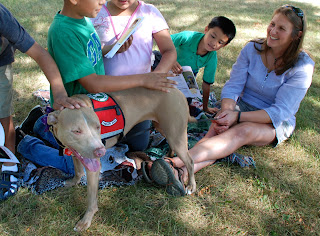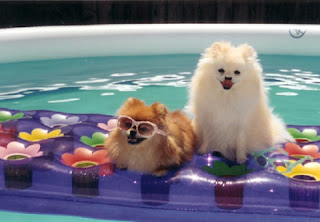Have you ever thought of signing your dog up to volunteer for a job? Dogs are not only great pets, they also help us make work a bit easier. Letting them volunteer is a great way for them to get enough exercise and avoid developing degenerative myelopathy. Many organizations and industries need dogs to when completing tasks and workloads. You might be interested in helping out or you could also be working in a field where your dog can serve together with you.
Below are common jobs for dogs and how your four legged friend can help.
Police/military dogs
Most police and military tasks are given to dogs because of their agility, speed, and sense of smell. Dogs are used for search and rescue, bomb and narcotics sniffing, and attack dogs. Most dogs used by the police and the military are German Shepherds, Labradors, Belgian Shepherd Dog or Malinois, Dobermans and Rottweiler. These powerful dogs are trained to serve and protect and are taken to the field.
Therapy dogs
If your dog is loveable, approachable and friendly, it can be a big help as a therapy dog. Many hospitals, clinics and rehabilitation centers use these therapy dogs to help their patients get well faster. Therapy dogs bring joy and a smile to anyone’s face. There are no common breeds for therapy dogs, as long as your dog is supper approachable and friendly, it can be trained to be one.
Guide dog
Dogs can be used as eyes and ears as well. Training your dog to become a guide dog is scary, since the person’s life is placed in the dog’s hands. You dog needs to be smart, fast and attentive to become a guide. They also need to be a bit big. Most guide dogs are medium to large sized dogs since it’s easier for the person to feel their presence.
Search and rescue
You’ve probably heard of the stories of dogs who go up to mountains and forest to look for lost trekkers or people who have been covered in the snow. With this job, people will depend on your dog to save the people who got stranded or lost along the trail. If you have a dog that’s loyal, easy to train, healthy and has a big build, then it can be trained as a search and rescue dog.
The down side of having dogs work is that they will need to retire someday. You dog could be too old to work or might develop degenerative myelopathy because of age. Either way, most retired dogs are well taken care of and are placed in special programs.
{[[' ']]}
']]}














































